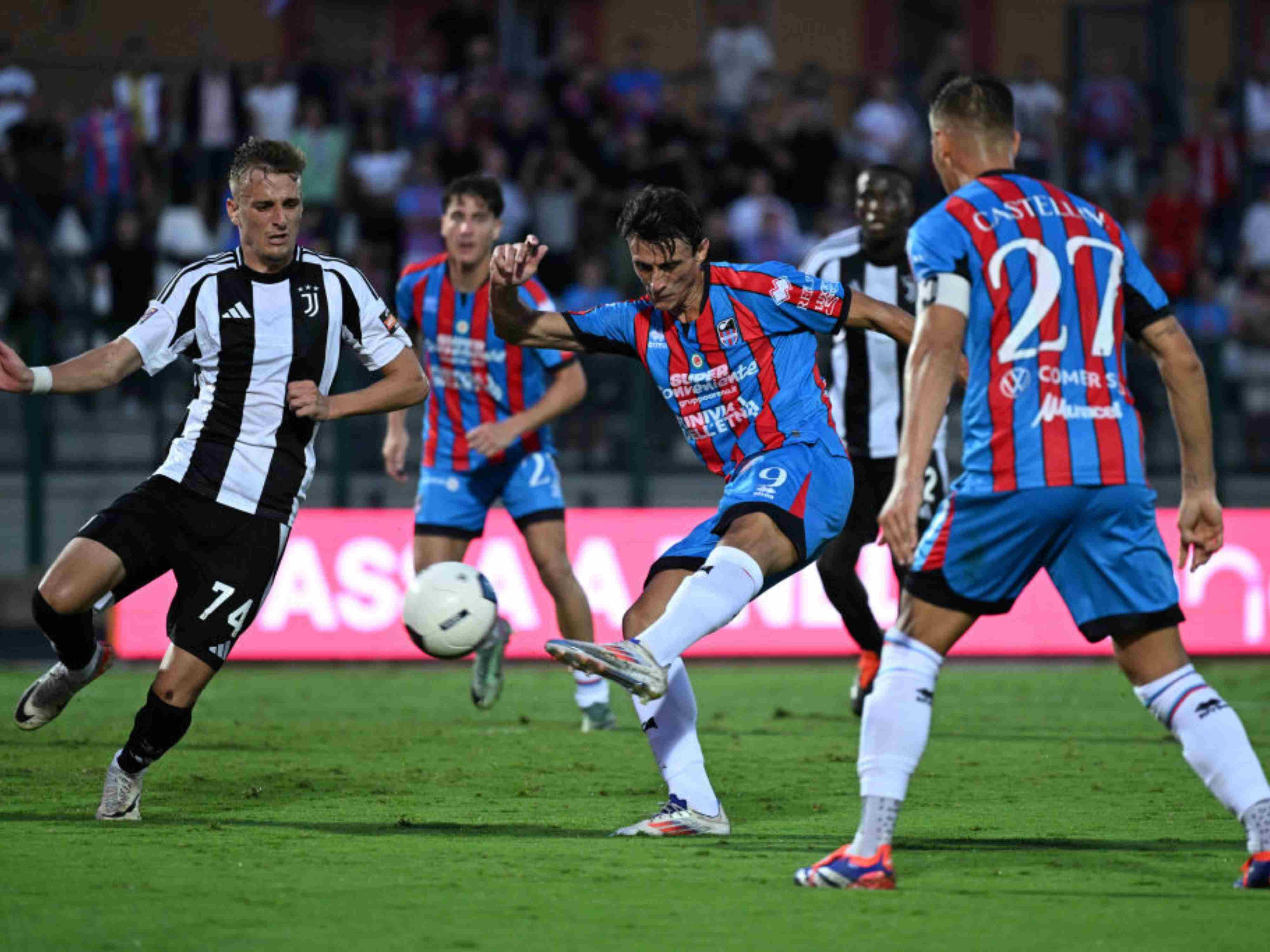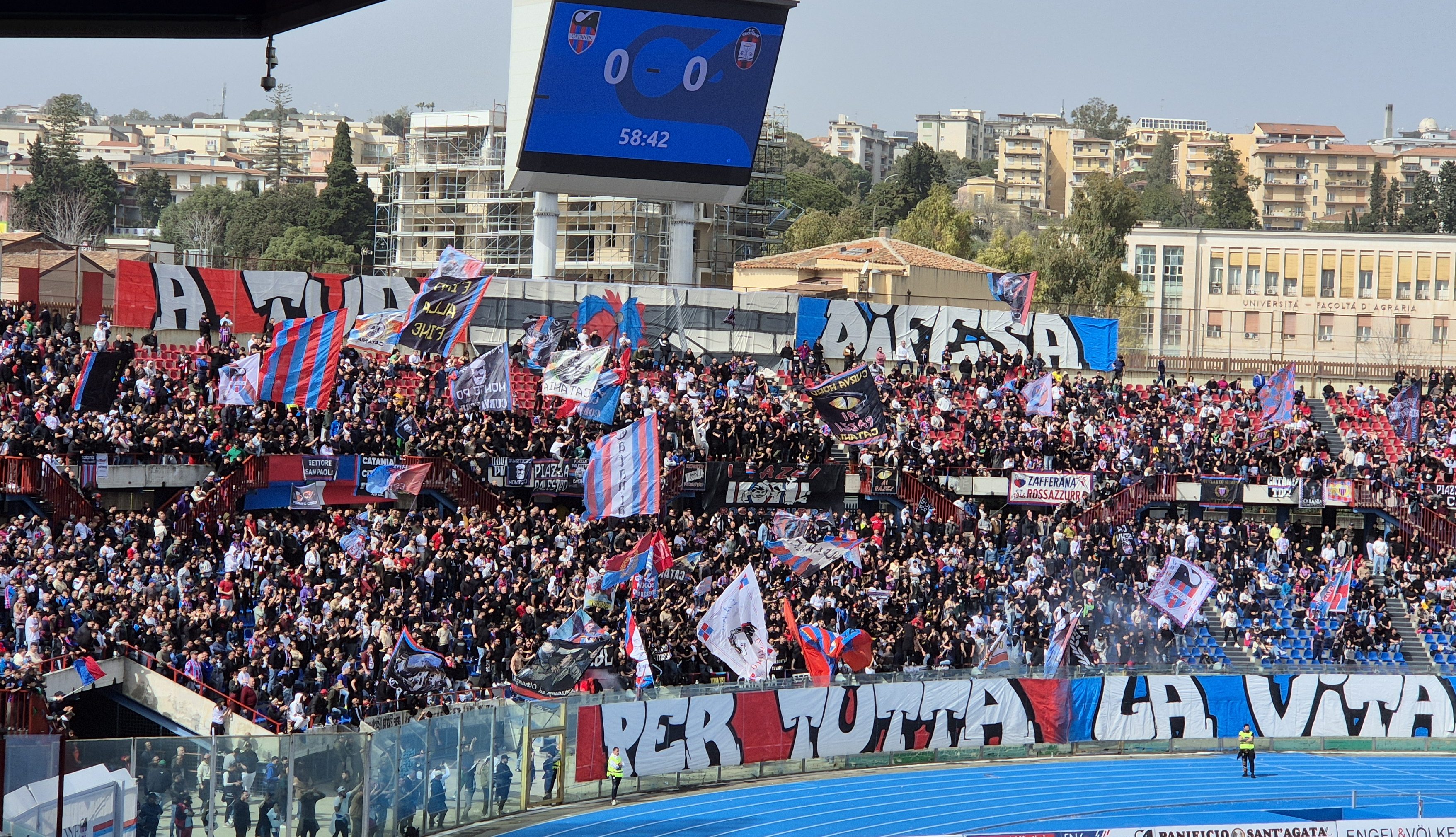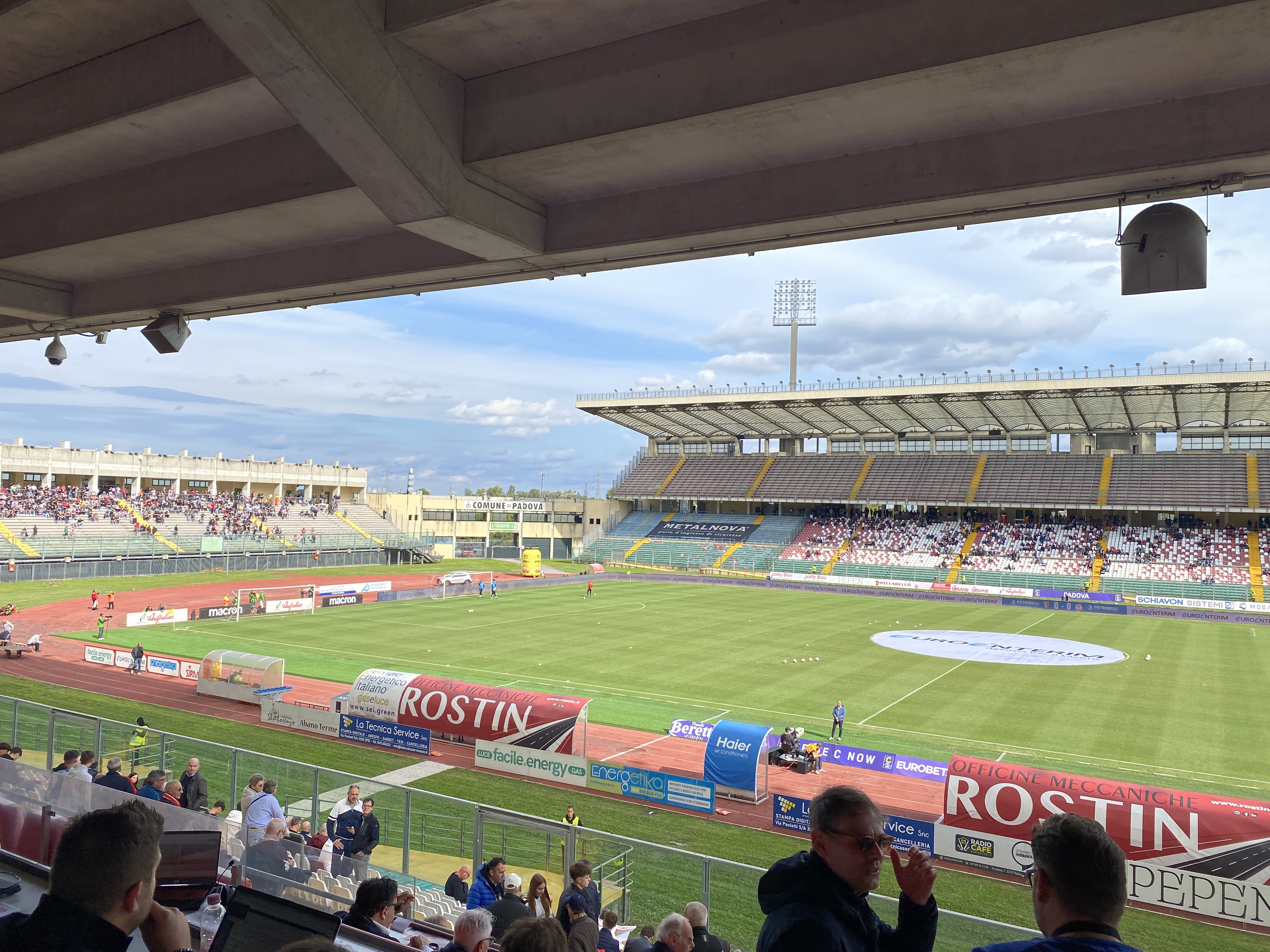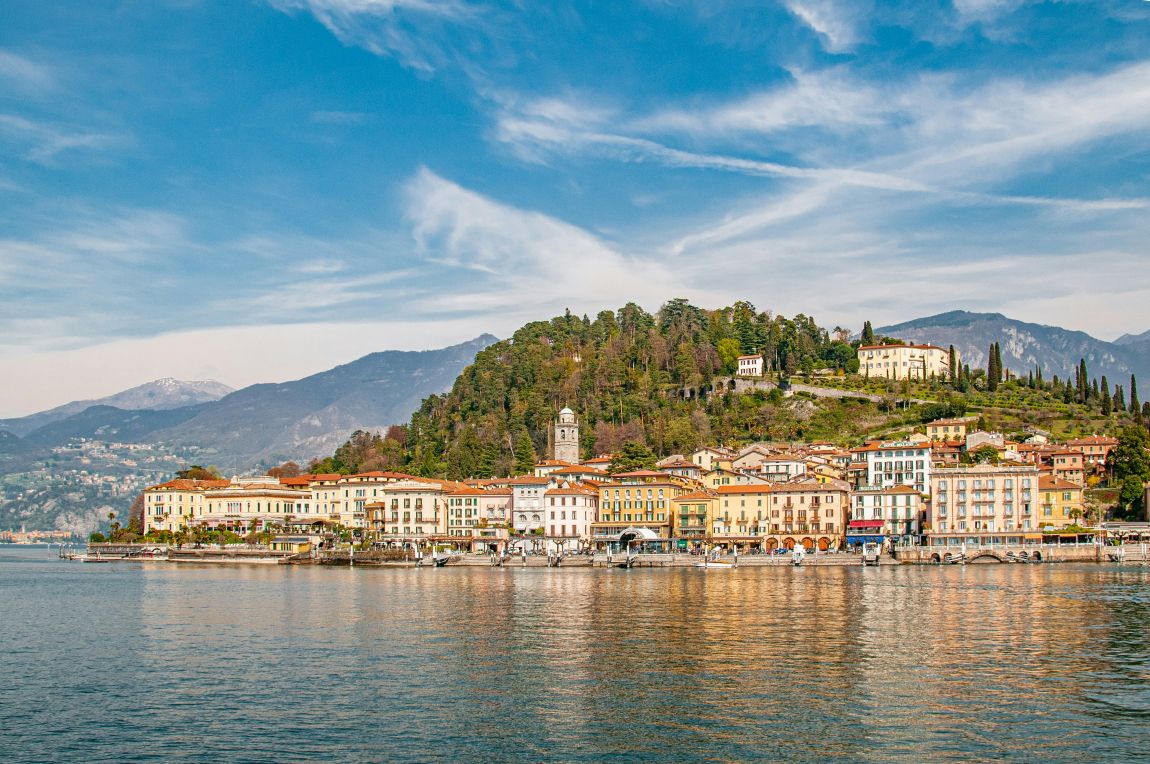
Too Big for Its Own Good? Why Serie C Faces Day of Reckoning Despite New TV Deal
By Dan Cancian
There is nothing quite like Serie C in European football.
A 60-team league that covers almost the entirety of the peninsula from the Alps to Sicily and from the Adriatic Sea to the Tyrrhenian Sea, with representatives from 19 of Italy’s 20 regions.
Serie C’s variety isn’t limited to geography either.
From former Serie A clubs fallen on hard times such as Catania, Foggia and Benevento, to AC Milan, Juventus and Atalanta Under-23 teams via a number of clubs making their professional debut, the division is a football smorgasbord.
But is it sustainable? The prudent answer seems to be a polite no, as Serie C’s foundations appear to be increasingly built on sand.
Earlier this month, the division lost Turris and Taranto, who were excluded by the National Federal Court after a report from COVISOC – the Italian football’s watchdog – found them guilty of administrative violations.
Turbulence is nothing new to Serie C. The removal of two clubs mid-season however, was unprecedented and shone a light on the perilous financial state of the division as a whole.

According to official figures from the Italian chamber of commerce, excluding the U23 teams of Juventus and Atalanta, only eight of the remaining 58 clubs in the division recorded a profit last season.
Sorrento, Cerignola, Francavilla and Carrarese, who have since been promoted to Serie B, all made profits of between €100,000 (£83,500) and €200,000, while Sestri Levante, Latina, Torres and Giugliano were marginally in the black.
Perugia also formally closed with a profit of €3m, but only after posting a €5.3m surplus for the write-off of debt resulting from the restructuring plan.
At the other end of the spectrum, Benevento reported a deficit of €18.3m, while Triestina and Catania reported losses of €16.5m and €10.7m respectively.
Spal and Vicenza were next with losses of €9.2m, followed by Entella with a deficit of €8.2m.
The 58 clubs posted combined losses in the region of €140m in the latest financial year, compared to a gross turnover of €200m and expenses just short of €340m.
“The situation has reached a breaking point,” FIGC President Gabriele Gravina said in February.
“The economic and financial challenges facing football are particularly critical in Lega Pro, requiring urgent reflection.”
“I call upon the federal bodies to act responsibly and contribute: let’s revisit the reform discussion, starting from the draft I proposed a year ago and move beyond the ‘right of agreement’ to finally create a sustainable Italian football model.”
Reforms have long been utopia for Serie C, which last underwent significant structural changes a decade ago, when Serie C1 and Serie C2 were merged into the current Lega Pro, which then changed its name back to Serie C in 2017.
Serie C in its current guise has always looked too bloated and not just because of the incredibly convoluted format for promotion and relegation play-offs.
Apart from a few exceptions, it is a system that does not stand up. The clubs’ self-sustainable income streams are nowhere near sufficient to cover operating costs in a league where, according to Lega Pro figures, on average 90 percent of revenue goes on salaries.
Under the new agreement signed last season, income from TV rights has doubled to approximately €7m to be split across the 60 clubs for the next three years.
By comparison, the most recent deal signed between the EFL and Sky Sports is worth a record £935m (€1.2bn) over five years to be divided across 72 clubs.

The TV rights figure is also less than a third of the €27m total that Serie A paid into Lega Pro’s coffers last season within calcio’s so-called “mutuality framework”.
Introduced in 2008 by the Melandri Law to ensure sustainability across Italian football, the rule stipulates 10% of the amount Serie A receives from TV rights must trickle down the calcio pyramid.
For the 2023/24 season, this figure stood at €130m, an amount which will decrease over the next five years given the agreement between Serie A and the DAZN-Sky partnership is worth an overall €900m from 2024 until 2029.
Of the €130m paid by Serie A last season, approximately €75m went into Serie B’s coffers, with €27m to the Lega Pro and €13m each to the National Amateur League and the FIGC (the Italian FA).
Aside from TV rights and Serie A payments, gate receipts, players sales and merchandising are the only other revenue streams available to the clubs.
And it is arguably in the former of those three categories that the imbalance across Serie C is most exposed.
Across the 60 teams, average crowds vary wildly.
In Girone C, Catania have by far the best average attendance in the division at just a shade north of 16,000, despite being only seventh in the table.
The figure is double that of Vicenza, who are second in Girone A and have by far the biggest crowds on average in their group and five times more than Padova, who lead the race to promotion but have seen their home games boycotted by the ultras throughout the season over ongoing discontent with the Stadio Euganeo.
Spal, whose 5,000 average home crowd is comfortably the highest in Girone B, are miles behind Catania in terms of gate receipts.
At the other end of the scale, meanwhile, the likes of Sorrento and Renate pull in fewer than 500 people on average, numbers that would not look out of place in non-league football in Britain.
The suggestion that Serie C may be again split in two tiers, with each containing 18 teams, has been received with trepidation as it could spell the end for a number of clubs.
It would also prove a logistical nightmare. But the alternative is just as unpalatable.
As it stands, Serie C is far too big for its own good.
Related Articles
Related Articles
We get a local take on what's hot in Cremona - where to eat and drink, sights to see and handy hints that might not be in the tourist guides.
The Artemio Franchi will always be the main reason calcio fans head to Florence but there is one other thing that must be on the to-do list.
After the final whistle is blown at Stadio Giuseppe Sinigaglia, there is no better place to unwind than Bellagio.




